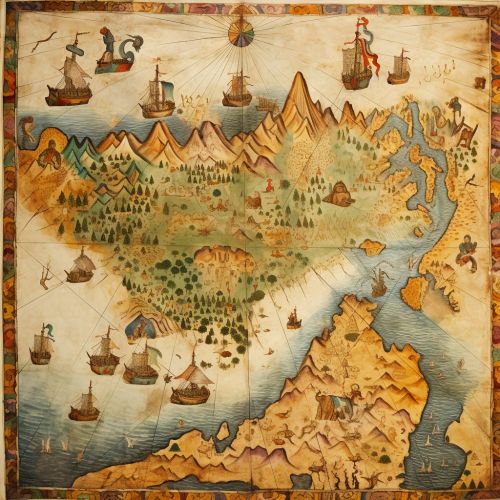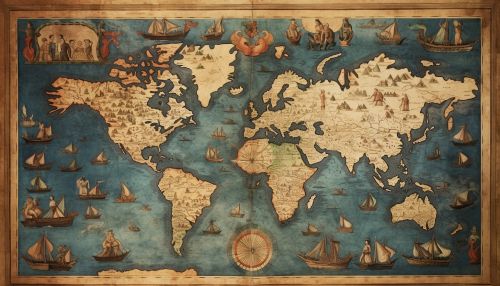Human geography
Introduction
Human geography is a branch of geography that focuses on the study of patterns and processes that shape human interaction with the built environment, with particular reference to the ways in which the world is divided and organized by social and political phenomena. This discipline is considered a major subfield of geography and it encompasses various aspects such as cultural, urban, political, and economic geography.


History of Human Geography
Human geography has a long and complex history that dates back to the ancient civilizations of the world. The Greeks, particularly Herodotus and Eratosthenes, were among the first to explore geographical concepts, focusing on the relationship between people and their physical environment.
In the 19th century, the discipline of human geography began to take shape as a distinct academic field. It was during this period that geographers started to classify and categorize regions and places based on their human characteristics.


Branches of Human Geography
Human geography can be divided into several sub-disciplines, each focusing on different aspects of the human experience and its relationship with the environment.
Cultural Geography
Cultural geography is the study of cultural products and norms and their variations across and relations to spaces and places. It focuses on describing and analyzing the ways language, religion, economy, government, and other cultural phenomena vary or remain constant from one place to another.
Political Geography
Political geography is concerned with the study of both the spatially uneven outcomes of political processes and the ways in which political processes are themselves affected by spatial structures. It involves the study of geographical aspects of political systems and state borders.
Urban Geography
Urban geography is the study of cities and urban areas based on the spatial aspects of these areas. This includes looking at the physical location of cities, the infrastructure within these cities, and the patterns of movement and usage within them.
Economic Geography
Economic geography is the study of the location, distribution, and spatial organization of economic activities across the world. It represents a traditional subfield of the discipline of geography.

Methods and Techniques
Human geographers use a variety of methods and techniques in their research. These include quantitative methods, qualitative research, and Geographic Information Systems (GIS).
Quantitative methods in human geography are concerned with the collection, analysis, and interpretation of numerical data, while qualitative methods focus on understanding the meanings and experiences of people in their social world. GIS, on the other hand, is a computer system that captures, stores, checks, and displays information related to positions on the Earth's surface.
Applications of Human Geography
Human geography has numerous practical applications. For example, it can be used in urban planning, transportation, regional development, and policy making. It can also be applied in understanding and addressing issues such as population growth, immigration, and environmental degradation.


